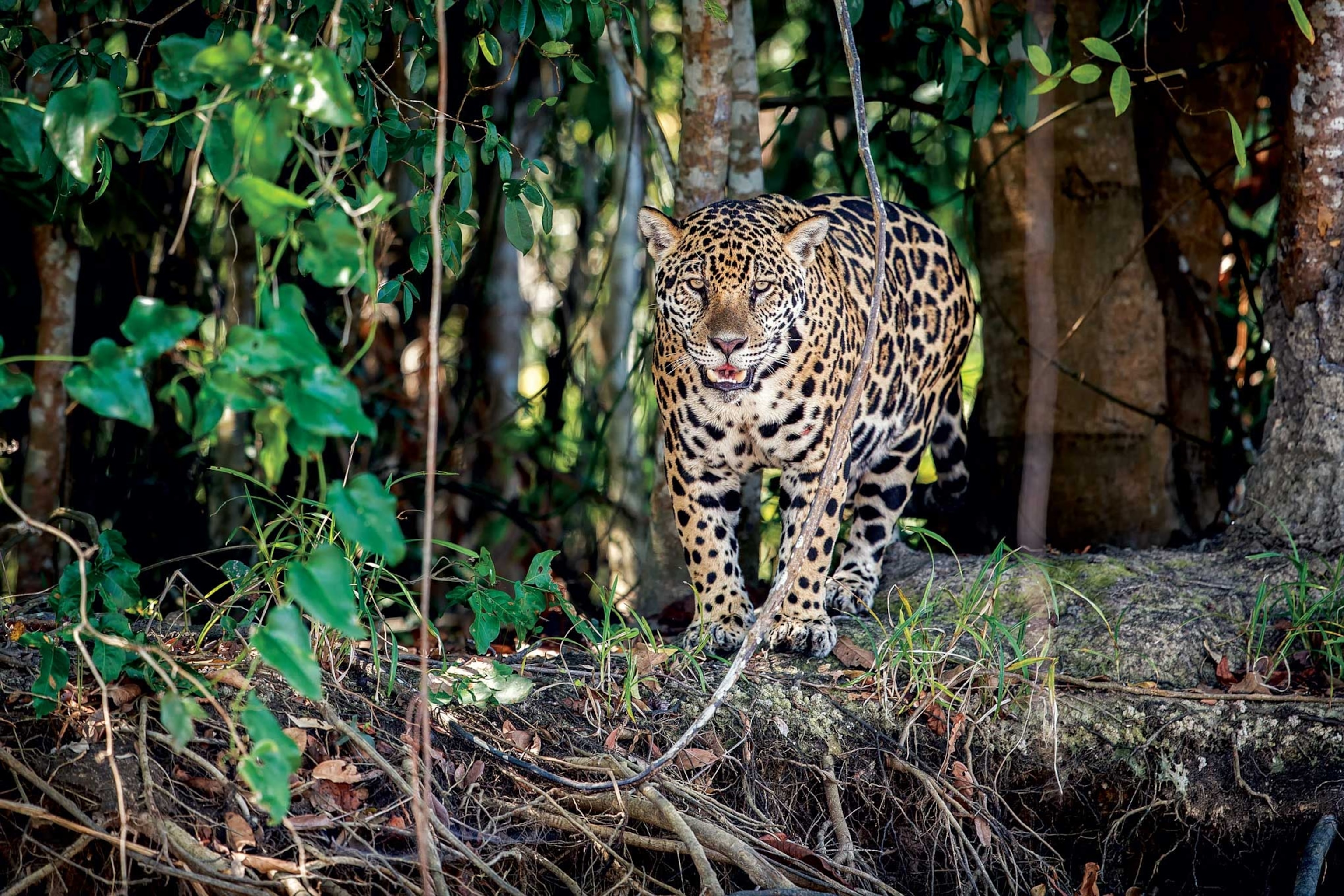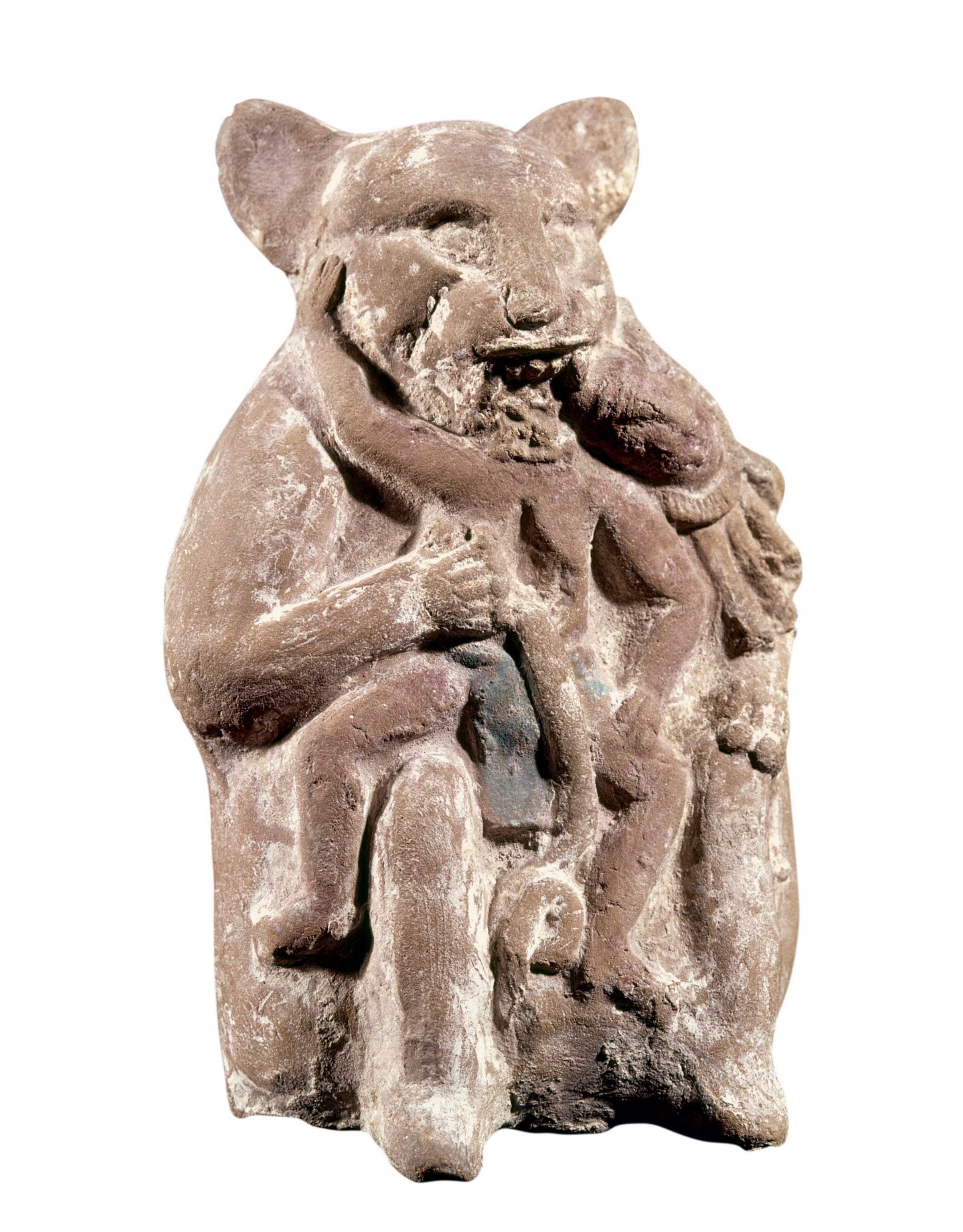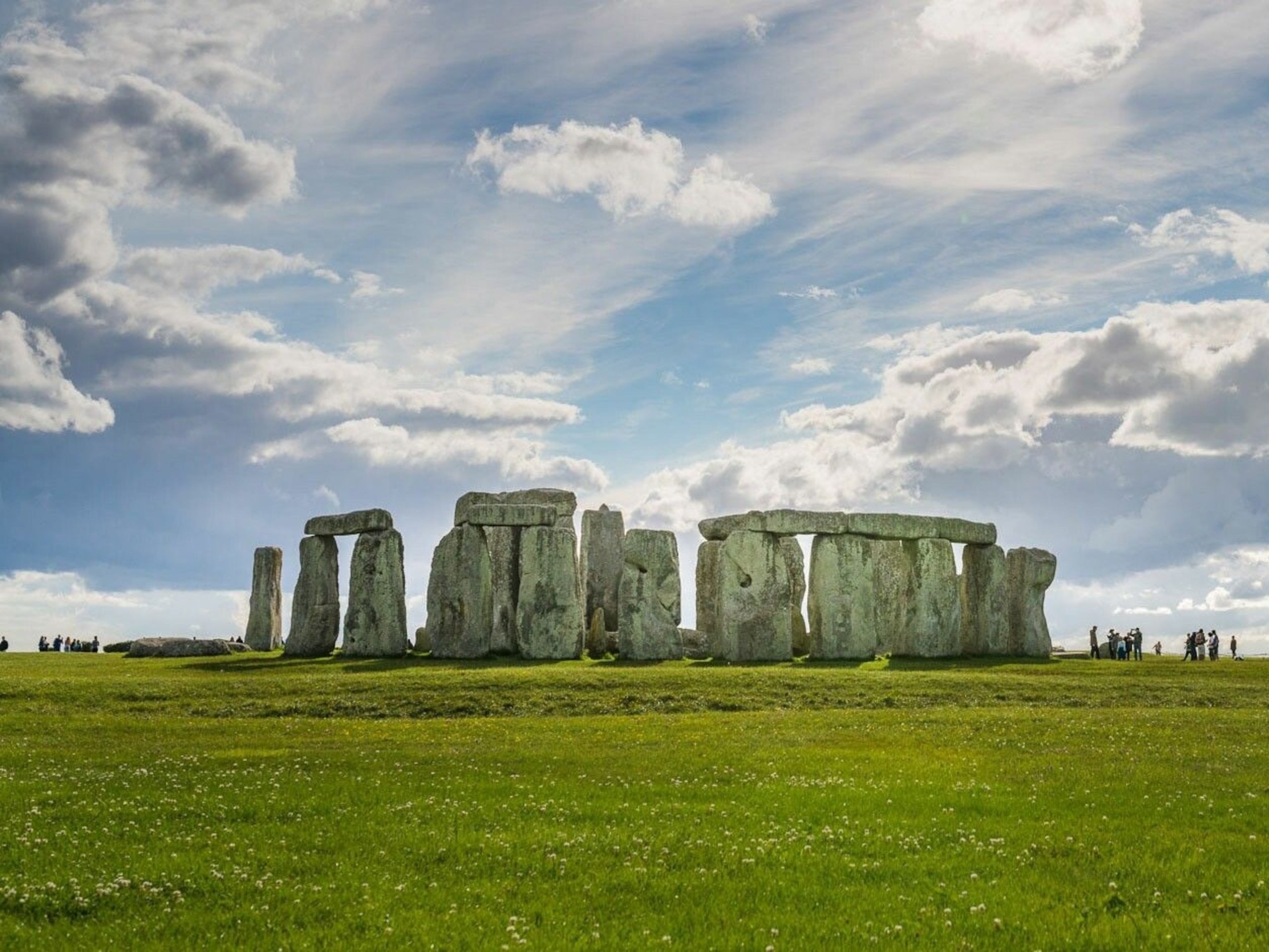
Jaguars were the divine felines of the ancient Americas
The carnivorous cat has inspired fascination, fear, and reverence for centuries.
Throughout time, inhabitants of Mesoamerica, the geographic region comprising Mexico and Central America, all worshipped Panthera onca, the jaguar. Apex carnivores with the strongest bite of all the big cats, they once roamed from the southern United States, through Mexico and Central America, and as far south as Argentina. Stealthy hunters with camouflaging coats and eyes that can see in the dark, they easily take down prey anywhere—up in the trees, down on the ground, or even swimming in rivers.
To the ancient peoples of Mesoamerica, the jaguar was more than just an animal; it was divine. Almost every ancient Mesoamerican civilization revered the jaguar in some way. The Olmec (circa 1200-400 B.C.) heavily featured jaguars in their art and religion. Sculptures of cats were popular, as were depictions of deities who appear to be half human, half jaguar, which scholars describe as were-jaguars.

The Maya also connected the magnificent feline’s abilities with various natural phenomena. The Maya believed that the jaguar’s ability to see at night made it possible for it to move between worlds, associating it with the underworld and mortality. Maya art and architecture are also filled with jaguars, the most famous perhaps is the red jaguar throne found in El Castillo, the great pyramid of Chichén Itzá, built more than 1,500 years ago.
Symbol of Strength
The jaguar became a universal symbol of political and military power. In all Mesoamerican cultures it is depicted on reliefs and sculptures in temples and palaces. The jaguar’s association with both light and darkness gave it a complex, sacred energy and transmitted its qualities to the ruler, making the jaguar the ruler’s nahual—an alter ego, or a kind of protective animal counterpart.
The jaguar was also an icon for the brave hunter and warrior, who created military orders of jaguar soldiers. Their members were the most valiant and highly acclaimed. Gods, kings, warriors, and priests added the jaguar epithet to their names, burnishing their reputations with a symbol of prestige and power. In Maya civilization only kings could don their spotted pelts.
The jaguar was believed to be an animal of the stars as well as of the earth, playing a highly prominent role in the mythology of the Aztec and Mexica peoples roughly 700 years ago. Jaguar dens are sometimes found in caves, which linked them to the earth and fertility: The fierce Aztec earth goddess Tlaltecuhtli is often represented with a jaguar’s claws. The cat’s dual nature connected it to transitions, like the daily cycle of the sun rising to usher in the day and setting as it gave way to night. In time the jaguar became absorbed into a complex dual mythology, representing both light and darkness, heaven and earth.

According an Aztec myth, the first sun that shone on humanity was the god Tezcatlipoca, who reigned in the heavens. His brother Quetzalcóatl was envious of his power and tried to usurp him with a heavy blow. Tezcatlipoca, however, did not die but turned into a jaguar instead. Tezcatlipoca sometimes manifested himself as Tepeyóllotl, Heart of the Mountains, because his domains reflected the jaguar. He was found not just in caves and the underworld but also in the night sky, for which the jaguar’s dotted pelt became a symbol.
The Mexica had another myth to explain the animal’s characteristic “stained” pelt: When the gods created the sun and moon, the jaguar was thrown onto the sacred fire and came back to life in the flames with its fur spotted and singed.
An Enduring Presence
Modern human activity in its habitat has brought about a worrying decline in jaguar populations. Rarely spotted north of Mexico, the cat’s wider survival is threatened by trappers and hunters throughout Central and South America. Conservationists estimate that roughly 15,000 are left in the wild.
Even so, people continue to venerate this powerful cat. Today in the Mexican province of Guerrero, rain festivals are held in which people dress as jaguars and engage in ritual battles. A large number of Central Americans still deeply believe that the enigmatic presence of this animal draws from the wisdom of a sacred universe beyond human understanding.





